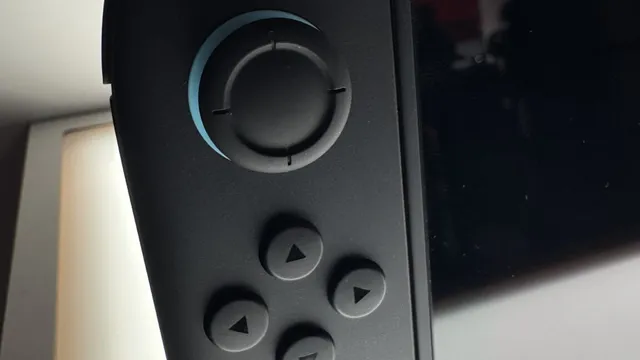
Nintendo sets Switch 2 price at $450 amid rising costs
2025-04-07 21:00- Nintendo priced the Switch 2 at $450 without factoring in tariffs, focusing instead on consumer value.
- This decision reflects current economic conditions, including inflation, affecting production costs.
- The pricing strategy could result in adjustments based on market performance, especially during the holiday season.
Express your sentiment!
Insights
In early April 2025, Nintendo revealed the pricing for its upcoming gaming console, the Switch 2. The console is set to retail at $450, with first-party game prices ranging from $70 to $80. Nintendo's pricing strategy was explained by the company's leadership, particularly Doug Bowser, President of Nintendo of America. He emphasized that the price was determined without considering potential tariffs on imports, suggesting that the focus remained primarily on what the company believes is the appropriate price point for consumers. The decision to not sell the console at a loss marks a significant shift in strategy for Nintendo, as many companies often employ loss leader pricing to gain market share. Bowser mentioned that ongoing economic conditions, including rising costs of goods due to inflation, influenced this pricing structure. Since its launch in 2017, the original Nintendo Switch, priced at $299, would equate to approximately $391 today when adjusted for inflation. Further justifying the high cost, Nintendo discussed enhancements in the Switch 2's hardware and new software features like GameChat and mouse mode, which the company believes justify the elevated price. Analysts and consumers alike have shared mixed opinions about the pricing, with some noting that game costs have been relatively stable over the years, while others express concerns about Nintendo's frequent refusal to discount its titles. This reluctance to reduce prices has engendered frustration among gamers who are accustomed to sales on other platforms. The response to Nintendo's pricing strategy will likely influence the system's sales performance in the market. Bowser indicated a readiness to adjust prices if necessary, suggesting that the company could reconsider its pricing strategies leading up to the holiday season if initial sales aren’t strong. The overarching narrative indicates that Nintendo aims to maintain profitability while also ensuring players feel they receive adequate value from both the hardware and software offered, amidst a competitive gaming landscape.
Contexts
The gaming console market has been shaped by numerous factors that significantly influence pricing trends. Historically, gaming consoles have exhibited a pattern of initial high prices at launch, with gradual reductions over time. This decline is often attributed to advancing technology, competition among manufacturers, and shifting consumer expectations. As of April 2025, the latest generation of consoles from major players like Sony and Microsoft challenged this trend by introducing a range of pricing strategies. The introduction of premium versions alongside budget options has changed the landscape, making consoles accessible to a broader audience, yet still maintaining healthy profit margins for manufacturers. Furthermore, the evolution of digital distribution and subscription services has altered how consumers perceive value in gaming. With the rise of platforms offering games as a service, the emphasis has shifted from just console pricing to holistic ownership. Subscription models provide consumers with access to a vast library of games without the upfront costs associated with purchasing each title. This move may cause console manufacturers to consider innovative price structures, potentially reducing the barrier to entry for new customers while securing steady revenue through ongoing subscriptions, which likely influences longer-term pricing strategies. The impact of geopolitical fluctuations and supply chain disruptions encountered over the past few years must also be factored in when evaluating future pricing trends for gaming consoles. Any persistent shortages of critical components like semiconductors can create upward pressure on prices. Conversely, if these supply chain challenges are mitigated, the result could lead to an oversaturated market, compelling manufacturers to slash prices to stimulate demand. This volatile environment necessitates that companies remain agile and adaptable to navigate through these complexities effectively. Looking ahead, the potential integration of augmented and virtual reality elements into gaming consoles could redefine consumer expectations and, subsequently, pricing models. As developers begin to explore these immersive experiences, we may witness a corresponding premium attached to consoles that offer such capabilities. As the market evolves, both consumers and developers will play a critical role in shaping the future of gaming console pricing, emphasizing the need for continuous market analysis and competitor benchmarking as part of strategic planning.